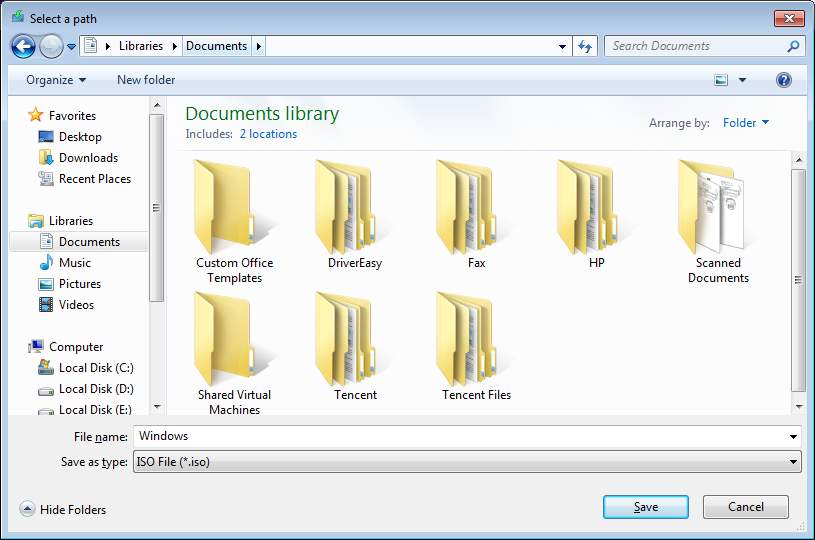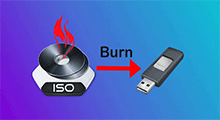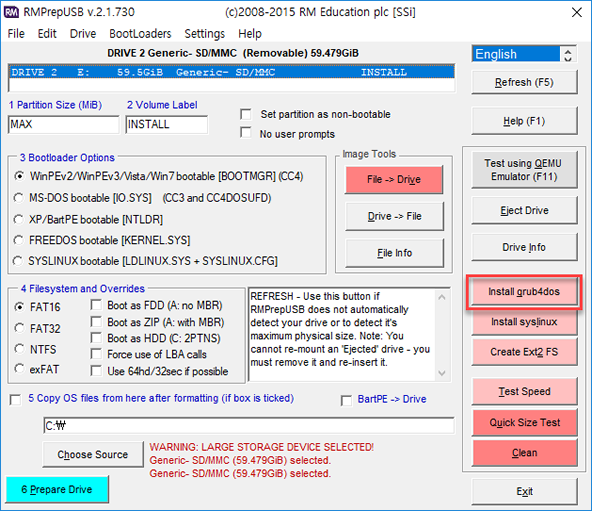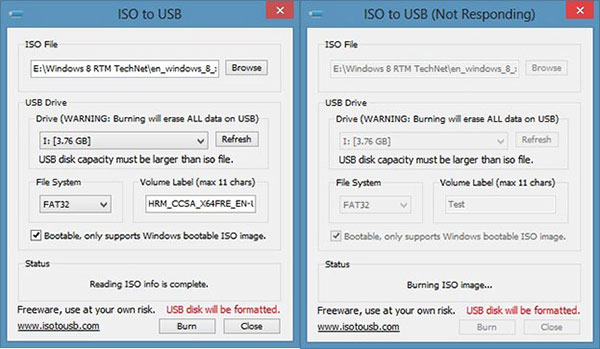

Here the File system ( Fat32, exFAT or NTFS), Volume Label, and Bootable checkmark can be added. Below is the USB Drive section where the target drive is chosen from the dropdown menu. On the top, users can locate their ISO file by typing its location on local storage or finding it via the Browse button. The user interface of ISO to USB app features a single-window separated into four main areas. Built from the ground up to be as intuitive as possible, this application can easily serve the needs of both computing novices who just want to extract data from the ISO archives and seasoned technicians who have added fast USB bootable drives into their daily workflow. One of the most common use case scenarios for this app is to transfer the bootable Windows installation archive to the USB, enabling easy and fast installation of newer OS on older PCs (both desktops and laptops). This procedure can not only transfer files inside the ISO images (sourced from either CDs or DVDs) to the portable drive but also create bootable USB sticks that will be recognized upon system startup on any modern PC. So, to select the attached USB drive on your system in Rufus, click on the Device drop-down box and select it.ISO to USB is a lightweight media burning tool that can easily burn ISO image files directly from your storage to USB. Step 4: As you run it, a simple interface will open which itself explanatory for what task is it meant for. Step 3: You don’t need to install Rufus since it is a portable software, thus just double click on the executable file of it which you have downloaded above. Step 2: Now, insert the USB drive or disk to a system where you want to burn or flash the ISO image file of any Linux or Windows 10/8/7/XP OS.


You can find the link to download in above quick steps. Thus, that’s why we recommended using Rufus. Step 1: Although there is one popular software form Microsoft to create a bootable disk on the Windows that is Windows USB/DVD tool is there, not work well with other operating systems ISO files such as Linux. Tutorial with screenshots to comprehend deeply Finally, click on the START button to burn ISO to the USB disk.A file manager will open, find and select the ISO image.Click on the Device drop-down and select the connected Pen Drive.Run the executable file of Rufus on Windows 10/8/7.

Rufus is free software, lightweight and easy to handle & understand. Here we let you know, how to burn ISO file to USB using Rufus on Windows 10 or 7. Well, writing a bootable ISO file on any USB drive using Windows 10/7 is not a Sisyphean task. Just what you need a perfect tool or software for creating a bootable media. Burning of ISO on CD/DVD drive is common to everyone, however, for USB, there are yet so many people around the world still want to learn it.


 0 kommentar(er)
0 kommentar(er)
